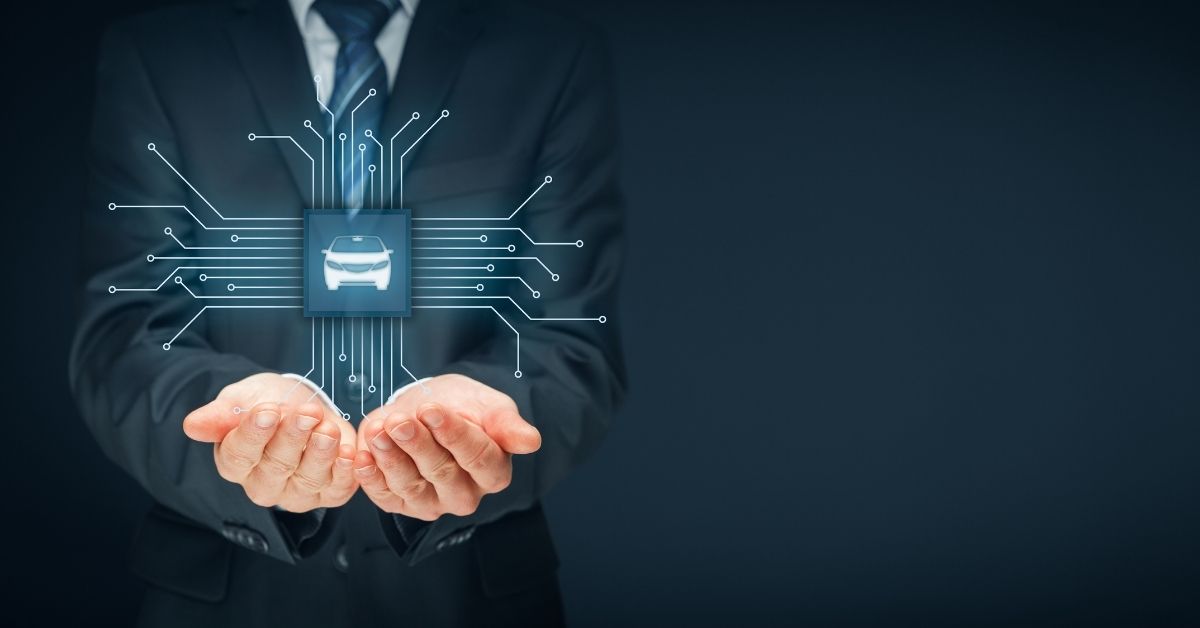
Mileage is an important problem for most people. Though it’s not a determinant factor, it’s still something we take into account while purchasing a used car. That’s why a lot of attention is directed towards the numbers on the odometer. If it’s too high, the vehicle costs way less. This has forced the sellers to find a way around it. Consequently, they have turned to mileage-related tools. It’s important to know whether it’s possible to remove mileage from all control units or not. Let’s dig deeper, figure out what these tools are capable of and how they are connected to control units.
Control units have turned into vital components of any vehicle. They are central systems that control and manage the operation of the processor or other parts of the car. Think of them as tiny brains that receive and transmit information to make sure everything works properly. To speak more generally, a control unit is an integral part of the central processing unit (CPU). Therefore, the CPU control unit is in charge of any operation that takes place in the computer.
Other than transferring information from one device to the other, the control unit is also capable of interpreting and decoding the data it receives. If any component of the processor fails, the control unit will be the part that will have the information about its crash. It also stores the information and could be the biggest “memory bank” for the processor data.
The majority of modern cars consist of such computers. If older vehicles used only a couple of control units, nowadays the automotive industry is heavily relying on these devices. With their help, it’s possible to create a system that easily transfers information from one part to the other. This ensures the clockwork operation that we expect from any car. Every electronic component of your beloved vehicle is operated through control units. You should thank these fellas if you like closing the doors and opening windows with a press of a button.
Be it the mileage, fuel control, engine control, or any other function of the vehicle – they all operate with the help of Electronic Control Units (ECUs). Therefore, there are many types of these computers. They have smaller tasks to perform, but they have to communicate with one another.
Engine control, transmission control, suspension control, body control module, and telematics control – are the modules that are commonly used in the modern automobile industry. There are other control units such as electronic control of braking systems, roof and cruise control, electronic door control, and so on. However, the most important one for this discussion is the Engine Control Unit.
The engine control unit is in charge of (you guessed it) the engine. It’s a computerized system that manages the fuel injection and oversees the overall functionality of the engine. However, that’s not the only thing it does. Once it collects the data, it then transmits it to the processor. The latter is capable of reading the information, but it can also record it. The same thing happens with the mileage. The engine control unit reads the information about the mileage and records it in its system. In a world where odometer fraud is so widespread, it’s crucial to know where and how the mileage is stored.
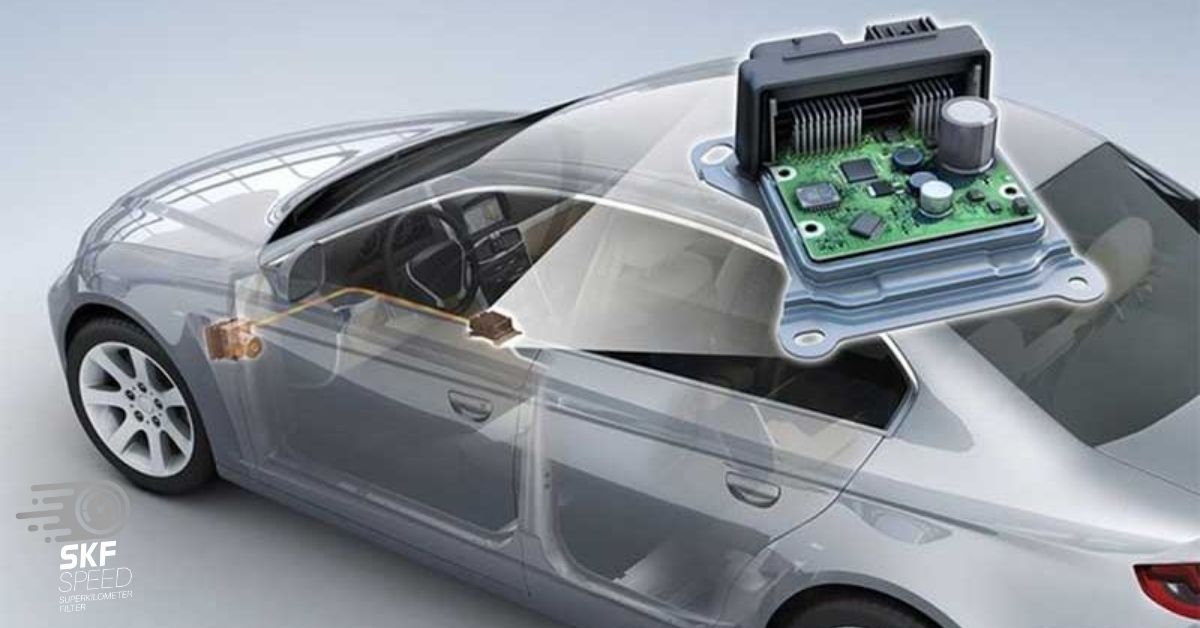
Arithmetic Logic Unit (ALU) is one of the main components of modern computing. It’s the circuit that is in charge of interpreting and processing the data it receives. It deals with mathematical calculations that are needed to perform various actions. This unit must have interminable access to random access memory (RAM). Its input and output are designed in a way that guarantees the continual flow of information.
ALU receives the data i.e. operation code, which tells it what to do and how. After that, this unit can start performing its main functions: arithmetic, logical, or bit-shifting operations. In brief, ALU is one of the passages that are in charge of interpreting the data and drawing logical conclusions.
The control unit, on the contrary, is the vital component of the computer processor. It’s the brain behind various operations as it gives instructions to other parts of the system. It guarantees communication between software and hardware. It communicates with memory, as well as input and output devices to make sure they know how to perform various operations.
ALU control unit is an integral part of the CU. It gets directions from the control unit and performs accordingly. To put it simply, you should think of them as the “part” (ALU) and “whole” (CU). ALU depends on the instructions from CU. It can’t operate without them.
As I have already mentioned, ECU i.e. engine control unit is directly connected to the mileage. It stores the data about the miles your car travels. This is possible with the help of the CAN (controller-area networking), which is one of the standards manufacturers use in modern vehicles. It transmits data rather quickly, which means it’s an efficient approach to communications.
The information flows interminably between the dashboard and the CAN bus system. Therefore, the CPU control unit can store important data about the car. This means that the odometer isn’t the only part of the car which has information about the mileage. If you were to use the mileage rollback tool, you’d be able to change data on the odometer, yet you wouldn’t be able to correct it in the CPU unit. It would create discrepancies, which are easy to check with diagnostic testers.
We might think that mileage is simply a number on the odometer, but it’s not. We should never forget that modern technology relies on various computers, be it control units or various tools. Back when cars used analog systems, rolling back the mileage was a piece of cake.
However, modern developments have turned that business into a complicated task. Some people even thought that such developments would put an end to the odometer fraud. Even though it wasn’t capable of eliminating it, it still managed to make it easily detectable. Nevertheless, people still use mileage-related tools.
The most common tools people use to solve mileage-related issues are odometer correction tools and mileage blockers. These devices are quite different from one another. It’s important to know all the differences, otherwise, you might get confused and become a victim of fraud.
People pay a lot of attention to the mileage. Even though it doesn’t reflect the condition of the vehicle fully, it’s still one of the most important factors. Therefore, the sellers do everything they can to prevent the mileage from increasing. After all, large numbers on the odometers are usually deal-breakers for the customers.
As mentioned, one of the tools that people use to deal with mileage-related issues is the odometer rollback device. It’s equipment that can reverse or reset the miles on the odometer. It’s a powerful unit that can change the mileage in a couple of minutes.
People use it for many different reasons, yet it’s still quite controversial. When dealers rewind the miles on the trip meter, they are lying about the condition of the vehicle. This tool leads to deception and fraud, which means you should always take it with a grain of salt. Plus, selling cars with odometer discrepancy is not only unethical, but it could also be illegal in certain countries or states.
The other tool people turn to is a mileage blocker (a.k.a. kilometer stopper). Unlike the odometer changer, it doesn’t roll back the mileage – it just stops recording it. The manufacturers essentially designed it for testing the performance of the vehicle. The device has simple installation instruction and anyone can easily install it. Compared to the odometer correction tools, a kilometer stopper is way more ethical as it’s meant for testing purposes. However, people use this tool on the open road. It’s unethical to employ a mileage blocker in such a way, as it doesn’t have fraudulent purposes. One way to avoid deception is to purchase the mileage blocker from a trustworthy manufacturer. You can always find additional information on support page or contact the customer center in case of any further questions.
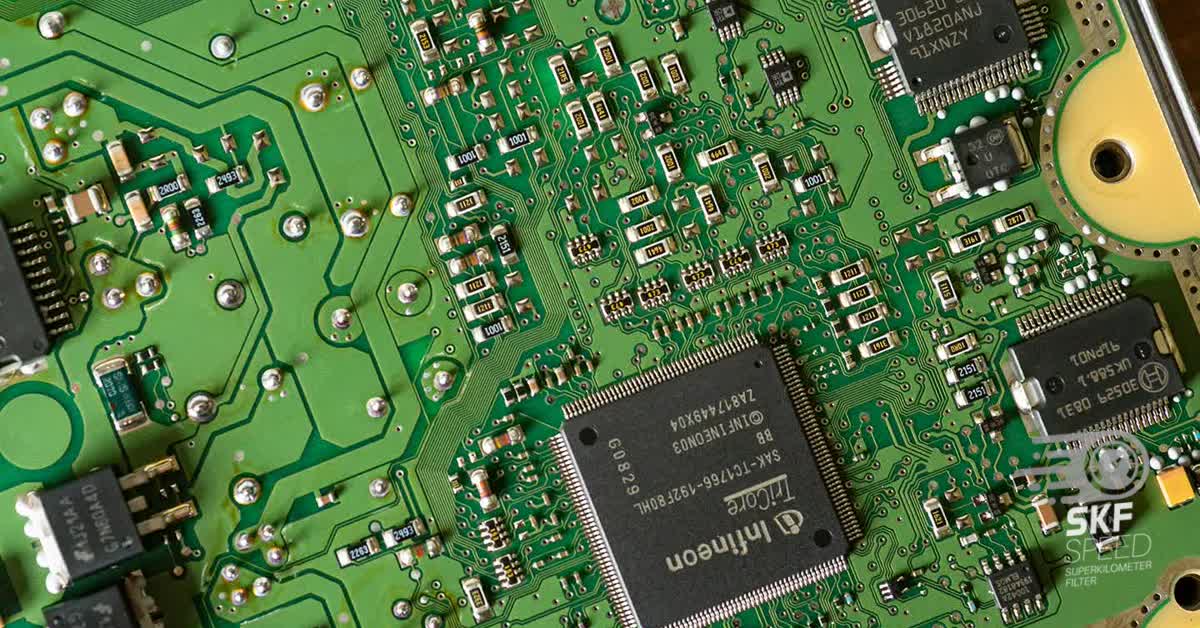
To answer this question, we have to examine the functionalities of the odometer correction tool and a mileage blocker. As we have mentioned, the former is capable of reprogramming the odometer, while the latter stops recording the mileage. This also means that they target different control units in your car.
An odometer adjustment tool can change the data on the odometer only. Even though it’s a computer that connects to the system of your vehicle, it’s not almighty. It’s not powerful enough to change the mileage in the CU control unit, ALU control unit, or the ECU. This means that the performance of this tool is quite easy to detect with diagnostic testers. You could even request the history reports of the vehicle and check all the information about the mileage. That way, you’ll be able to find out if there’s any discrepancy.
Things are quite different when it comes to a mileage blocker. It stops recording the mileage in all the systems of your vehicle. Be it the car, truck, or SUV, it’s capable of delivering similar results. Even though it affects the whole CU system (i.e. the control process unit, ECU, and its CAN bus), it’s not advisable to use it that way. You should not use the mileage blocker for deception and fraud. Once again, its sole purpose is to test the overall performance of your vehicle. The fact that it affects the mileage in all control units is the main advantage of the mileage blocker, yet it doesn’t mean that you should use it against it. After all, you can avoid a lot of trouble if you purchase and use this tool for its intended purpose.
Mileage can be quite a headache for many. Whether you want to sell your vehicle or not, I’m sure you’re still bothered with the increasing numbers on the trip meter. Trust me, you’re not alone. We’ve all experienced a similar feeling in one way or another. However, our frustration can’t justify committing fraud and deceiving buyers.
It’s always important to give customers full information about the condition of the car. Plus, it’s impossible to remove the mileage from all control units using an odometer rollback tool. Even though the mileage stopper affects all control units, it’s not meant to be utilized on the public roads. Therefore, we should face the reality and admit that increased mileage is a natural process. Everything has its due date, right?
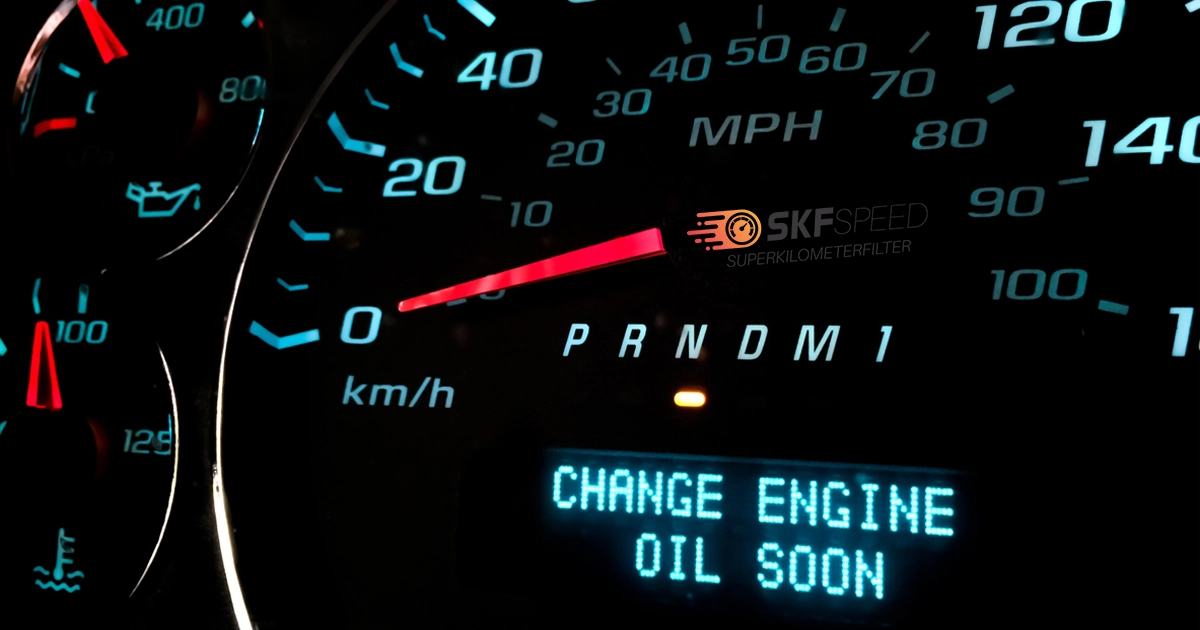



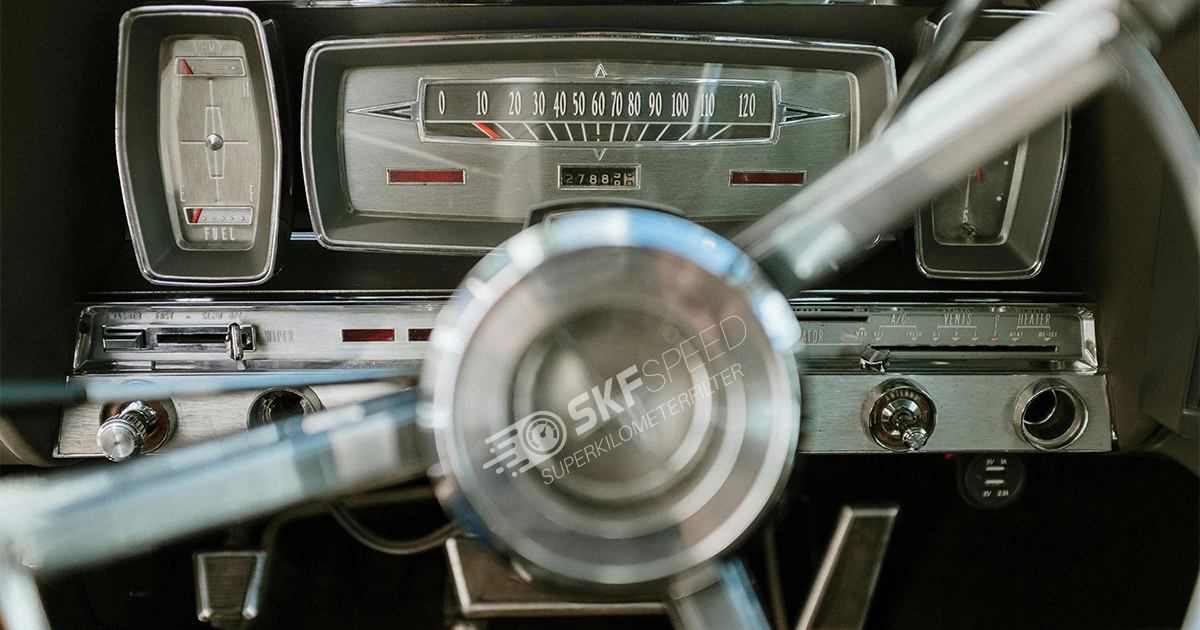
Here you will find all the details about our company
Here you will find shipping and return related information
Here you will find information on all technical questions
Here you will find helpful information about installation